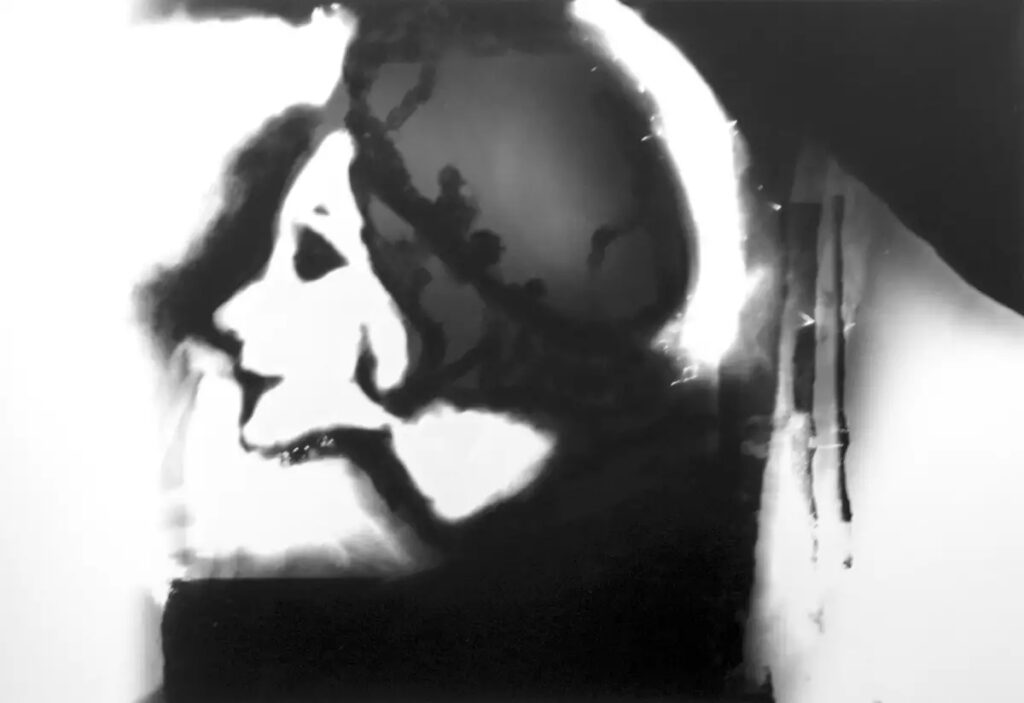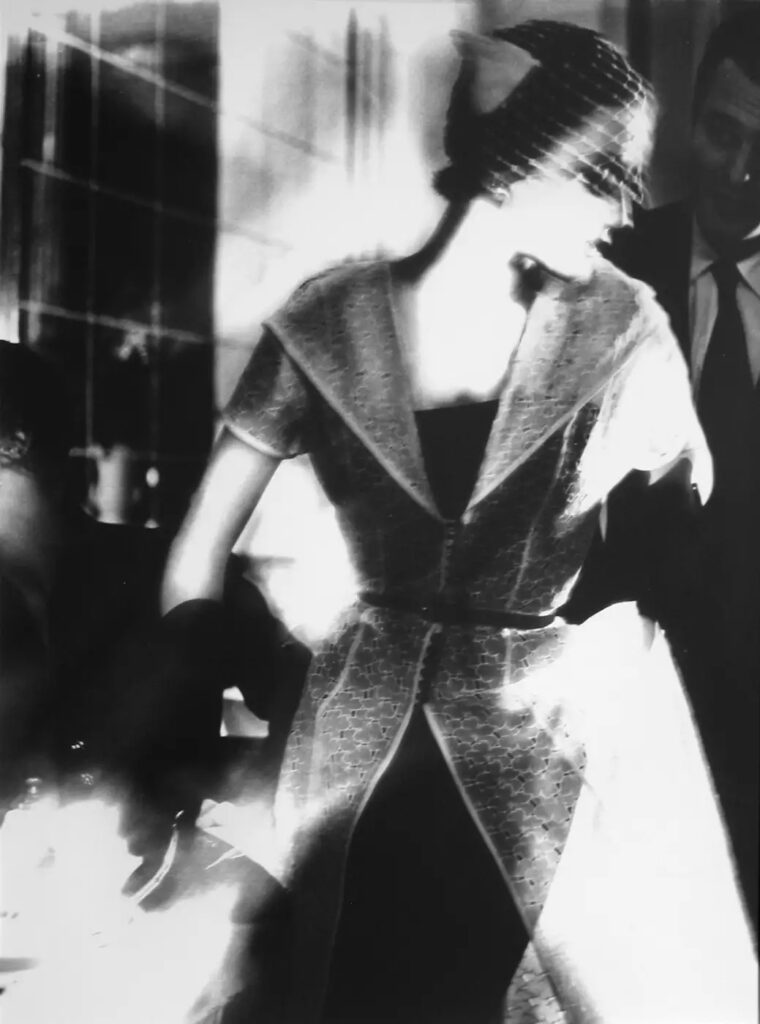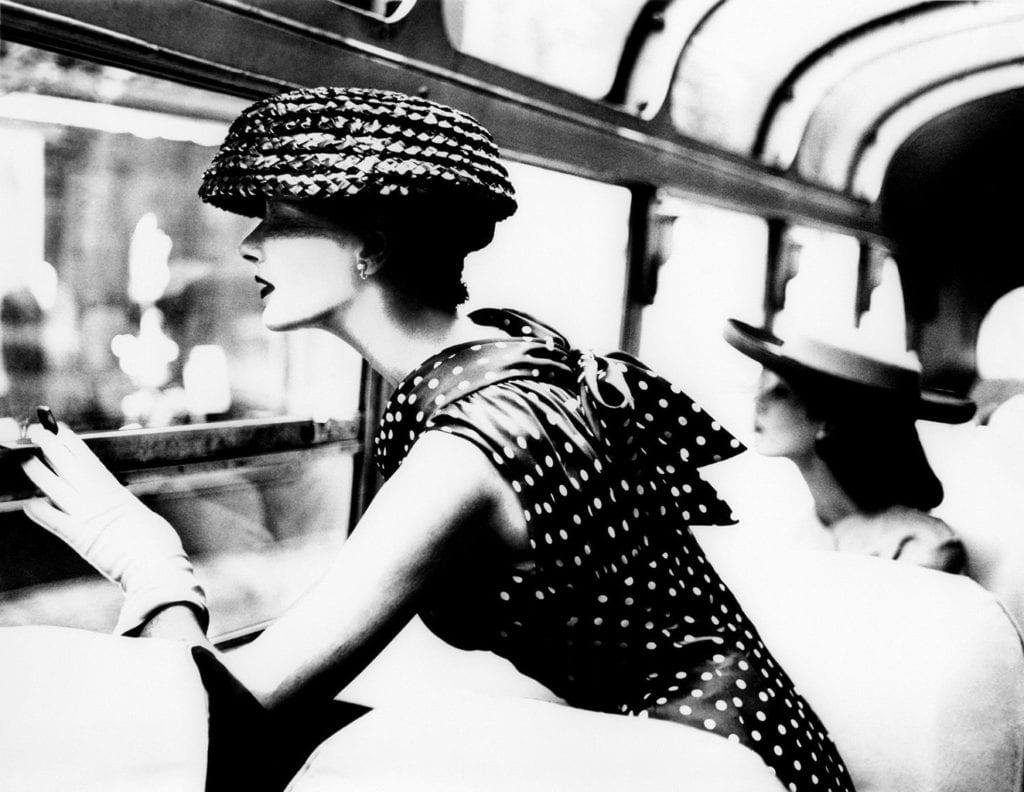Lillian Bassman
Lillian Bassman (1917–2012) was an American photographer and art director whose lyrical, painterly vision transformed fashion imagery in the mid‑20th century. Born in Brooklyn to Russian‑Jewish immigrants, she studied at Manhattan’s Textile High School before joining Harper’s Bazaar as an assistant to art director Alexey Brodovitch. In the 1940s she became art director of Junior Bazaar, where Brodovitch encouraged her to explore photography for herself.
Throughout the 1950s and ’60s, Bassman produced iconic images for Harper’s Bazaar that favored high‑contrast lighting, soft focus, and darkroom techniques such as bleaching and selective blurring. Her photographs—at once elegant and mysterious—emphasized movement and mood over sharp detail, lending models an ethereal strength and timeless sophistication.
Disillusioned by shifting trends, she stepped away from photography in the 1970s and destroyed many negatives. In the 1990s she rediscovered and reinterpretated surviving prints, sparking a late‑career revival that brought her work back into the spotlight. Today Bassman’s photographs are celebrated for their poetic beauty, enduring influence, and singular ability to merge fashion with fine‑art sensibility.
Photography & Works
-

Lillian Bassman
“Pauline – Chanel” – negative Read more -

Lillian Bassman
At Le Pavillon: Mary Jane Russell in a dress by Paul Sachs and hat by Lily Dache at Le Pavillon, New York Read more -

Lillian Bassman
Marilyn Ambrose, Harper’s Bazaar Read more -

Lillian Bassman
Times Square: The Night Fantastic Read more

